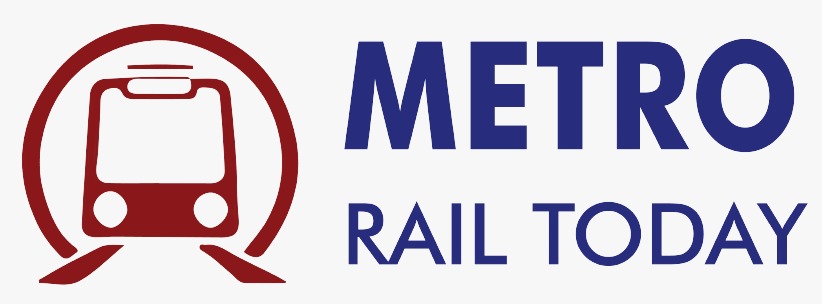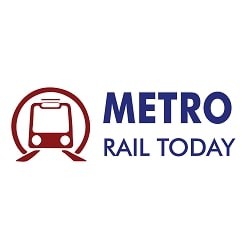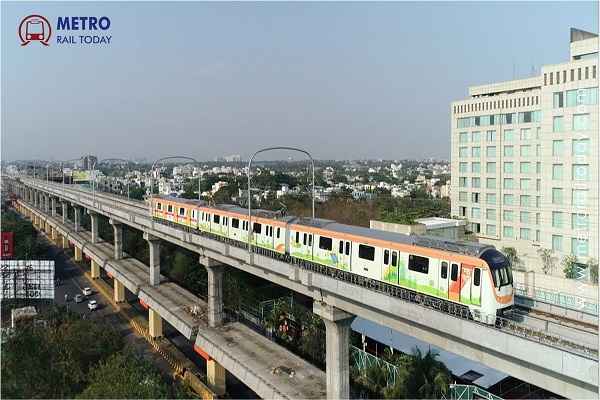 Three firms bid for Automatic Fare Collection System Contract for Nagpur Metro Phase 2
Three firms bid for Automatic Fare Collection System Contract for Nagpur Metro Phase 2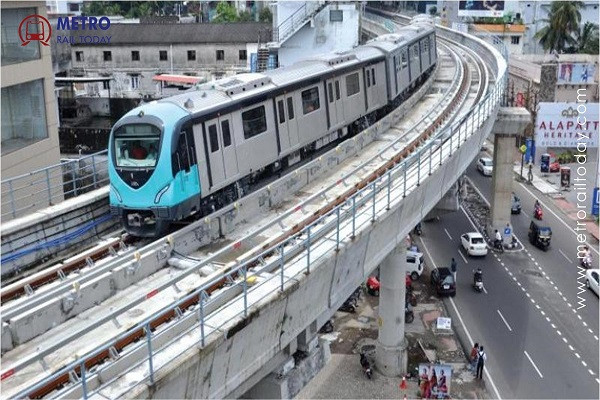 Three Firms shortlisted for Third Rail Electrification Contract of Kochi Metro Phase 2
Three Firms shortlisted for Third Rail Electrification Contract of Kochi Metro Phase 2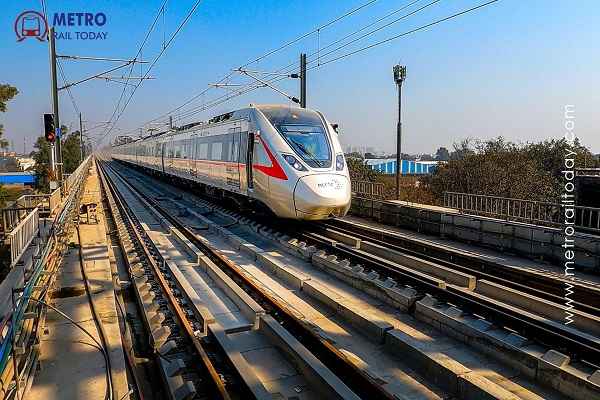 Construction for Delhi-Gurugram-Alwar Namo Bharat RRTS Corridor likely to begin in August 2026
Construction for Delhi-Gurugram-Alwar Namo Bharat RRTS Corridor likely to begin in August 2026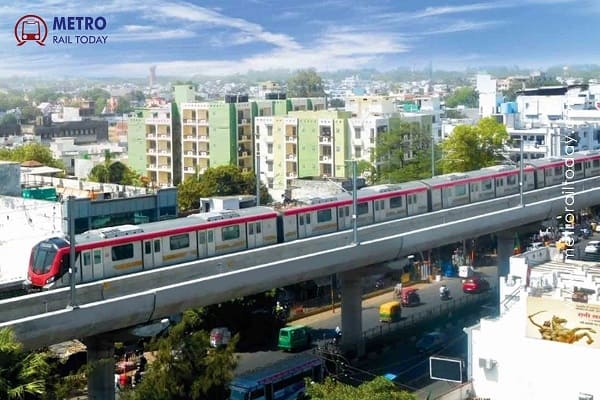 Two firms compete for Detailed Design Consultancy Contract of Lucknow Metro Line 2
Two firms compete for Detailed Design Consultancy Contract of Lucknow Metro Line 2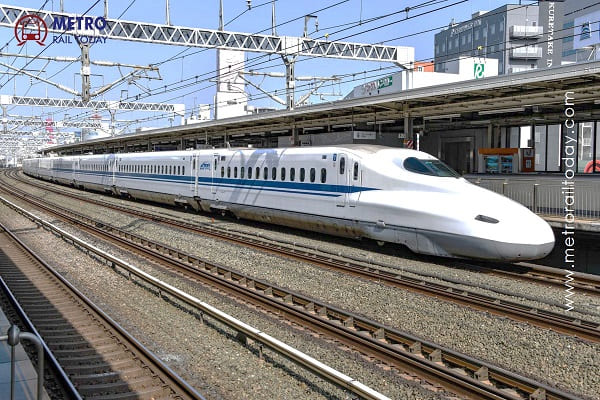 First tender launched for 240 km Amritsar–Jammu High-Speed Bullet Train Corridor
First tender launched for 240 km Amritsar–Jammu High-Speed Bullet Train Corridor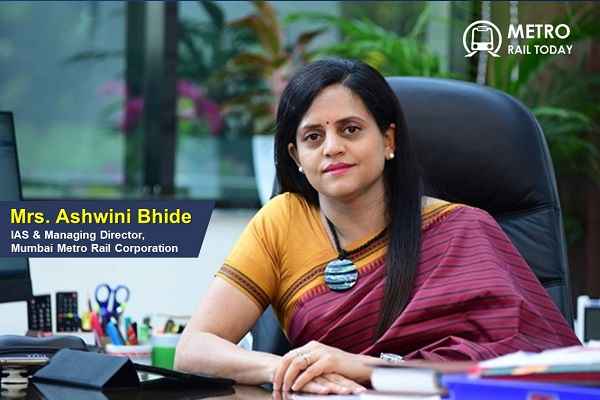 How Ashwini Bhide’s vision shaped Mumbai Metro Line 3 and redefined Urban Mobility?
How Ashwini Bhide’s vision shaped Mumbai Metro Line 3 and redefined Urban Mobility?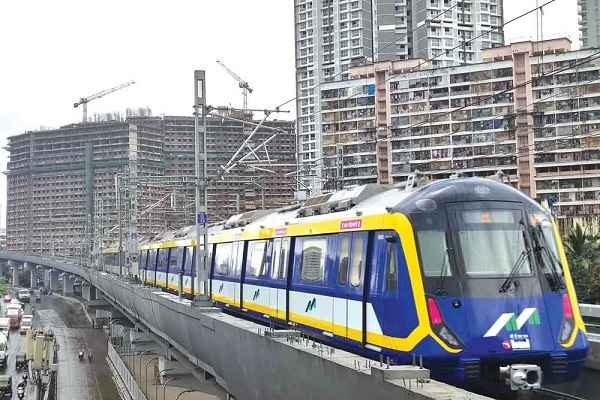 Titagarh Rail Systems Bags ₹2,481 Crore Rolling Stock Contract for Mumbai Metro Line 5
Titagarh Rail Systems Bags ₹2,481 Crore Rolling Stock Contract for Mumbai Metro Line 5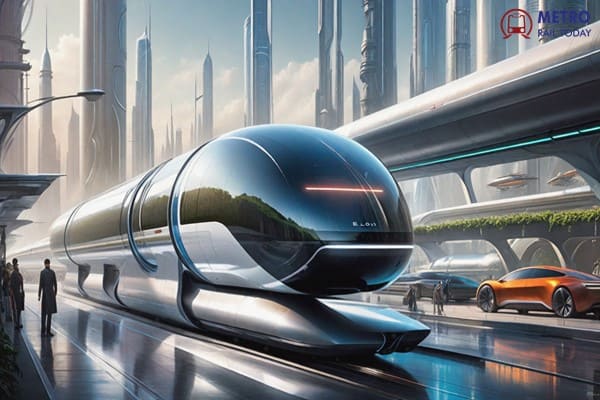 DP World, Deendayal Port and Nevomo join hands to Pilot Magnetic Rail Cargo Movement in India
DP World, Deendayal Port and Nevomo join hands to Pilot Magnetic Rail Cargo Movement in India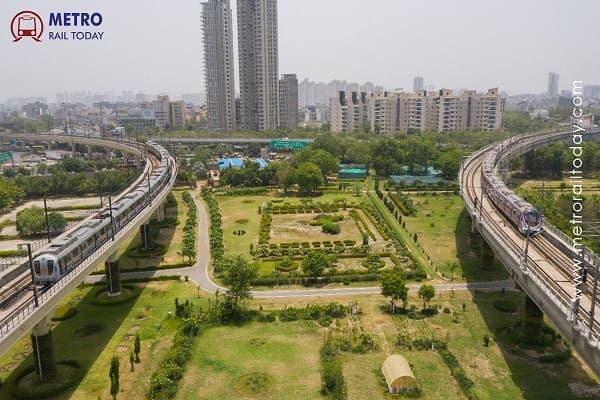 DMRC signs MoU with MapMyIndia to intergrate Delhi Metro Rail Network with Mappls App
DMRC signs MoU with MapMyIndia to intergrate Delhi Metro Rail Network with Mappls App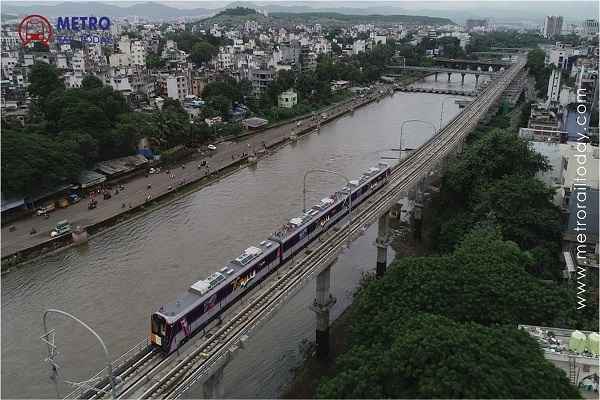 Maharashtra approves Tripartite MoU for Pune Metro Phase 2 Extensions
Maharashtra approves Tripartite MoU for Pune Metro Phase 2 Extensions
Prime Minister Narendra Modi inaugurates Final Phase of Mumbai Metro Line 3 (Aqua Line)
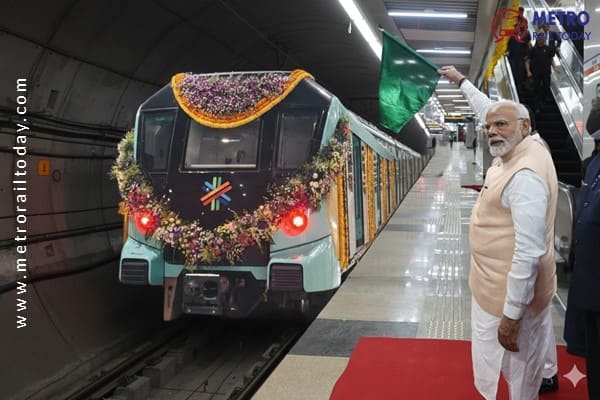
Mumbai, India (Metro Rail Today): In a major boost to Mumbai’s urban mobility, Prime Minister Narendra Modi today inaugurated the final 11.03 km leg of the Mumbai Metro Aqua Line 3 (Colaba–Bandra–SEEPZ corridor), marking the start of train operations on the Phase 2B section from Acharya Atre Chowk to Cuffe Parade. The inauguration completes the long-awaited 33.5-km underground corridor, set to transform daily commuting for over 1.3 million passengers.
Built at a total cost of ₹37,270 crore, the Aqua Line 3 is Mumbai’s first fully underground metro line, connecting Cuffe Parade in South Mumbai to Aarey in the north. With 27 stations, the line will significantly cut travel time, reduce road congestion, and ease the load on Mumbai’s overcrowded suburban rail network.
“Phase 2B of the Mumbai Metro Line-3 is a significant enhancement to Mumbai’s infrastructure! Metro connectivity is essential for a city’s growth. This project will have a positive impact on the lives of the people of Mumbai,” Prime Minister Modi said during the launch.
Seamless Connectivity, Sustainable Design
The Metro Line 3 corridor passes through key areas including:
-
Kala Ghoda, Marine Drive, Bombay High Court, RBI, and Churchgate in South Mumbai
-
Bandra-Kurla Complex (BKC) – Mumbai’s financial hub
-
SEEPZ, Airport T1, Marol, and Aarey
The line ensures interconnectivity with other metro corridors, suburban rail lines, and BEST buses, offering commuters a seamless multimodal travel experience.
According to Mumbai Metro Rail Corporation Ltd (MMRCL), the line will:
-
Reduce suburban railway congestion by 15%
-
Cut 3.54 lakh litres of fuel daily
-
Avoid 6.65 lakh vehicle trips per day
-
Serve over 13 lakh commuters daily
Environmental and Social Impact
The project also prioritizes sustainability and rehabilitation:
-
Over 23,000 trees planted
-
733 mangrove trees restored and protected
-
1,941 families rehabilitated into permanent homes
-
Use of 17 Tunnel Boring Machines (TBMs) – a national record for underground metro construction
“Metro Line 3 represents the future of clean, fast, and inclusive urban transport. With its completion, Mumbai is one step closer to world-class metro infrastructure,” said Mrs. Mamta Shah, MD & CEO of Urban Infra Group. “This corridor not only upgrades city mobility but also reflects an exemplary blend of engineering, environmental care, and social inclusion.”
Mumbai One: India’s First Integrated Mobility App
In a bid to unify Mumbai’s public transport systems, PM Modi also launched “Mumbai One”, India’s first integrated common mobility app. The app enables commuters to:
-
Plan multimodal journeys
-
Access metro, suburban trains, and BEST buses
-
Make seamless digital payments
-
Get real-time updates and route suggestions
“Mumbai One will simplify commuting for millions and promote digital mobility across transport networks,” Modi added.
Navi Mumbai International Airport: Phase 1 Inauguration
The Prime Minister also inaugurated Phase 1 of the Navi Mumbai International Airport (NMIA), a key greenfield infrastructure project designed to decongest Mumbai’s Chhatrapati Shivaji Maharaj International Airport (CSMIA). Spread over 1,160 hectares, NMIA integrates:
-
Advanced technologies
-
Sustainable terminal design
-
Multimodal connectivity including metro, highway, and suburban rail
The airport is expected to serve 10 million passengers annually in Phase 1, with future phases scaling up capacity to 60 million passengers.
With the inauguration of Mumbai Metro Line 3 Phase 2B, launch of Mumbai One, and the rollout of Navi Mumbai Airport Phase 1, Prime Minister Modi has unlocked a triple boost to Mumbai’s infrastructure. These developments underscore the government’s commitment to modern, efficient, and sustainable urban mobility, aligning with India’s broader vision for Viksit Bharat 2047.
